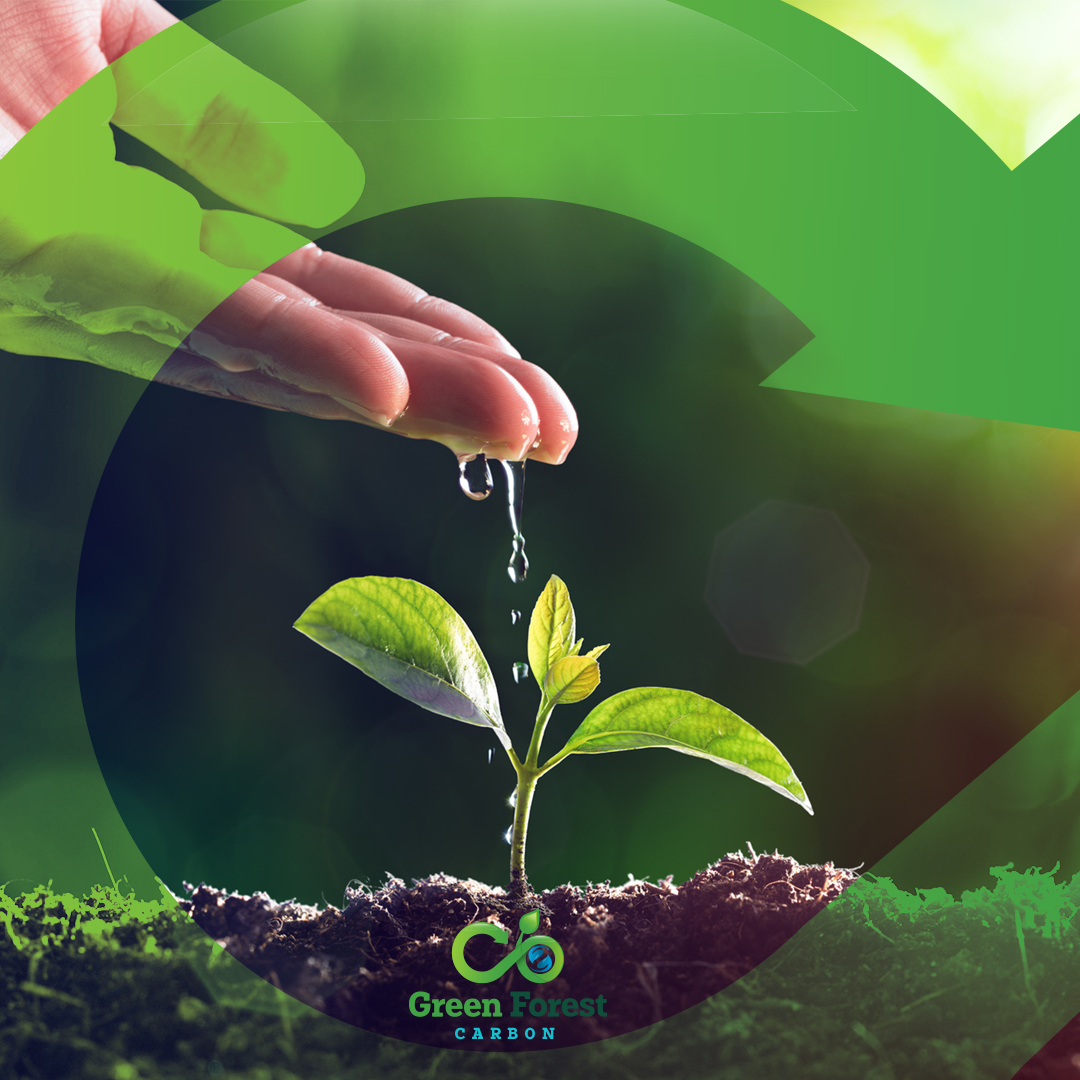
The Green, along with Rio Negro Agroflorestal, Rio Grande Agroflorestal e Ituxi Adm e Participação form a business group that works with prominence on Amazonas and Rondônia for over 20 years and has as its main activities the full support to the Forest Production, sustainable forest management plans, Carbon Projects REDD+ and the administration of environment assets.
Headquartered in Manaus, state of Amazonas, in the heart of the Amazon, and with a branch office in Mato Grosso, Green, with the vision of Conservation of the Amazon Forest and generation of value for the properties of this territory, proposes to be a reference of quality and credibility in the development of Projects Generating Carbon Credits in Brazil.
Green Forest Carbon was born with the mission of developing Carbon Generator Projects on the Voluntary Market – a fundamental base for a new market – which has its attention focused on the generation of benefic impacts for the environment and society.
Green develops REDD+ Projects on VCS (Verified Carbon Standard) in rural areas on its properties and also through third parts area lease agreements that wish to sign partnerships for those Projects, and get paid for the conservation of its Legal Reservation Area, and/or throughout the vegetation-covered area of your property, thru the credits generated, keeping the forest unharmed in areas contextually affected by threats of deforestation and strong anthropic pressure.
Through Partnership Contracts, Green signs Partnerships with rural land owners for REDD+ Projects Implanting and Development where all costs (development, registration, monitoring reports, verifications, and other expenses) are Green Forest Carbon's responsibility, the land owner being responsible for the percentages agreed in the contract of all credit generated during the project period.
The Sustainable Forest Management Plan (SFMP) contains a set of techniques and legal provisions that allow and guarantee the use of forest resources in a given area without significantly compromising its ecological processes. Such a premise permits us to consciously explore the environment so that natural resources can continually be renewed and used by future generations.
In addition to the environmental and ecological component, the SFMP has to guarantee a financial return to its proponents (forest companies, individual owners, community associations, etc.) and has to contribute to social development, for example, through the inclusion of residents in the various management phases, or permission to traditional communities to exploit non-timber resources in managed areas. These three components define the sustainability tripod: ecologically correct, economically viable, and socially just.
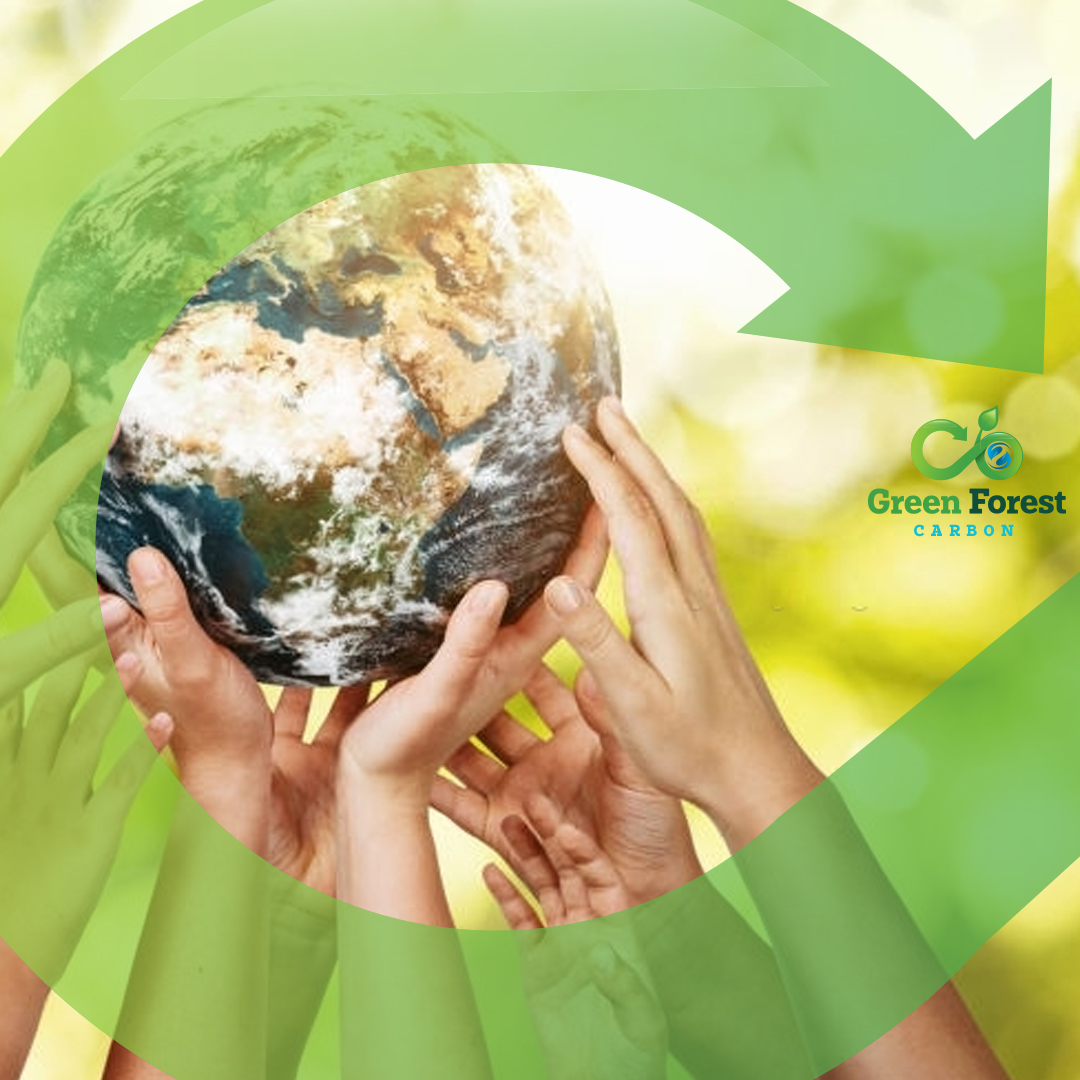
(*) According to the MMA website, REDD+ is an incentive developed at the United Nations Framework Convention on Climate Change (UNFCCC) to financially compensate developing countries for its results on GEE Reductions coming from Deforestation and Forest Degradation, considering the role of Forest Carbon Inventory Conservation, forest sustainable management, and Forest Carbon Inventory increase (+). http://redd.mma.gov.br/pt/pub-apresentacoes/item/82-o-que-e-redd
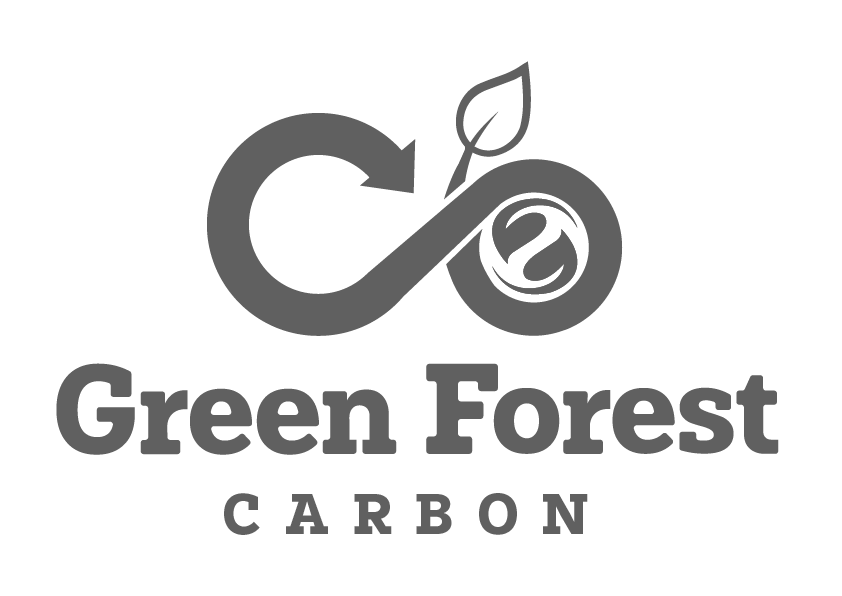

Carbon Credits: right title over an intangible asset, tradable and representative of the reduction or removal of one ton of carbon equivalent.
1 Carbon Credit = 1 ton of CO2 equivalent.
Each CO2 ton that's not emitted into the atmosphere through an Environmental Project can become a Carbon Credit Unit to neutralize people’s and companies’ emissions that couldn’t reduce their own emissions.
Want to know more? Click here.
· The REDD+ Projects development follows rigorous international recognized methodologies, UNFCCC, using VCS standards and additional standards as CBC Standards administrated by VERRA.
· After a prospection of the suitable property for a REDD+ project and collecting all relevant land documentation, a technical viability study is conducted with a pre-diagnosis of the land potential for project development and its credits generator potential thru geoprocessing.
· The process of signing the contractual agreements between the landowner and Green carries out.
· Project elaboration phases:
- Geoprocessing Data Analysis;
- Determination of Standards and Methodologies compatible with the Project Proposal;
- Development and PD Report (Project Description), with the project description, calculation of the generation of carbon credits, and meeting all the requirements of the VCS Program (Verified Carbon Standard).
· Application of methodologies and monitoring with prevention actions, deforestation combat, and protection of the whole ecosystem.
· An independent auditor with credentials is hired, known as VVB (Validation/Verification Body), to determine if the project fulfills all rules and requirements from the VCS Program.
· After the audition/validation process approves, the Project registration on VERRA is made. (2).
· After the audition/verification process, the VCUs (Verified Carbon Units) are emitted for the commercialization of credits.
· Project continuity with the application of methodologies and monitoring according to the approved project (average duration of REDD+ projects = approximately 30 years).
For more in-depth information on the subject, visit our Articles page.
(2) Verra's patterns and logos are the exclusive property of Verra. The standards and programs that Verra develops and manages are globally applicable and promote action across a wide range of sectors and activities. All programs undergo extensive stakeholder consultation and expert review and are based on four main components: standard, independent assessment, accounting, and recording methodologies.
Standards:
All our projects are developed using internationally recognized standards that guarantee the performance and quality of the activities.
Verified Carbon Standard (VCS) - launched in 2006 and formerly known as the Voluntary Carbon Standard, the VCS is the most widely used voluntary GHG program for carbon accounting. According to the VERRA website, “Nearly 1,700 VCS certified projects have collectively reduced or removed more than 630 million tonnes of carbon and other GHG emissions from the atmosphere.” Based on ISO principles, the VCS standard ensures that emission reductions are additional, unique, and verified.
CCB Standard - The CCB Program is the standard used to evaluate projects that create positive net benefits for climate change mitigation, local communities, and biodiversity. Managed by Verra, the CCB Standards were developed by the Climate, Community & Biodiversity Alliance (CCBA). The Program can work with the VCS Program, and the carbon credits can be labeled as certified co-benefits.
Certification:
All our projects are validated/verified by an independent audit accredited by an accreditation body recognized by the VCS program, which guarantees quality and credibility to Green's projects.
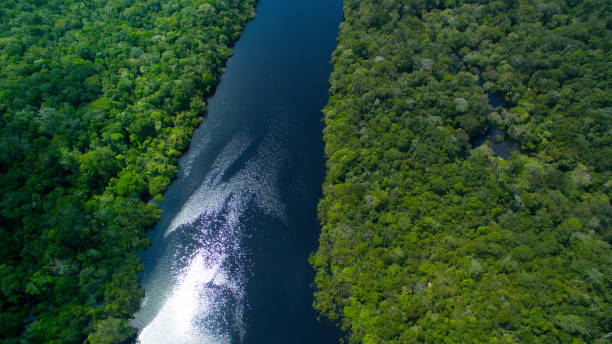
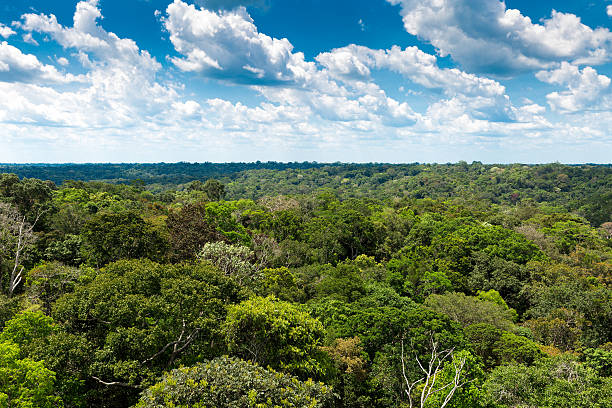
The UNITOR REDD+ PROJECT is located in the municipality of Lábrea, south of the State of Amazonas, Brazil. A consortium of 15 neighboring properties came together to develop forest carbon activities, totaling 99,035.20 hectares of the project area. Situated in a region with the fourth highest aggregate rate of deforestation in Brazil between 2008-2020, according to PRODES data, municipal deforestation rates increased year on year, from 3.8% in 2017 to 5.3% in 2020, the region has become a priority area for forest conservation worldwide.
Sustainable forest management is the first tool to ensure inspection in the Project. Present in 6 of the 15 properties, the Sustainable Forest Management Plans (SFMP) maintain the presence of workers in the management areas, which becomes one of the main factors for reducing the pressures of the invasion of illegal woodcutters inside the Area of the Project.
With 15 inspection posts to be installed around the farms, the Project provides for aerial, terrestrial, and aquatic monitoring to guarantee the safety of the project site and surroundings and deforestation control.
To know more, click here.
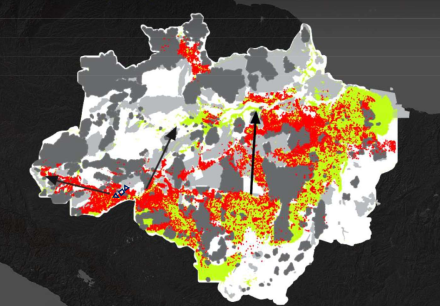
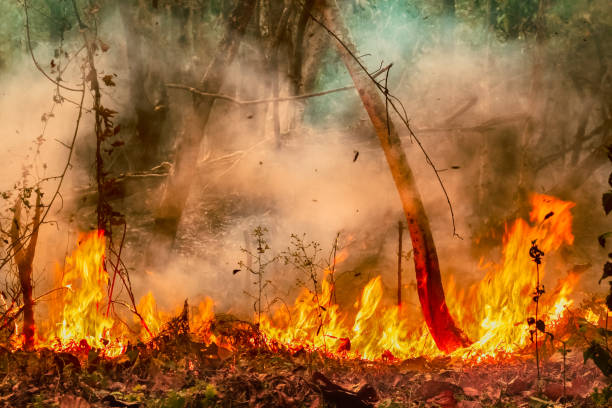
The deforestation pressure has been heavy from the south to the north, from Rondônia to Amazonas.
With an incentive for the Generation of Carbon Credits, deforestation should be avoided in the UNITOR Project's areas.
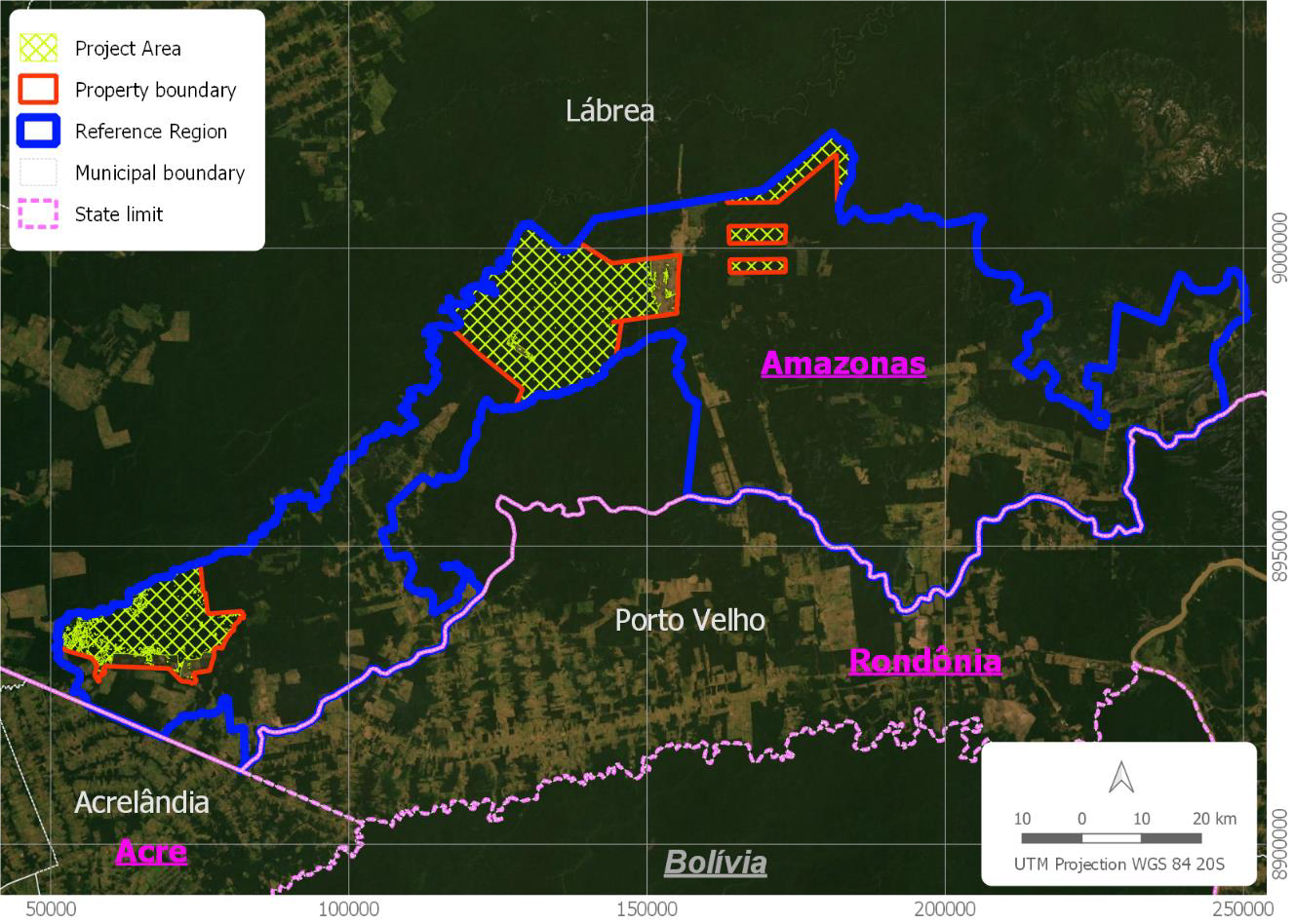
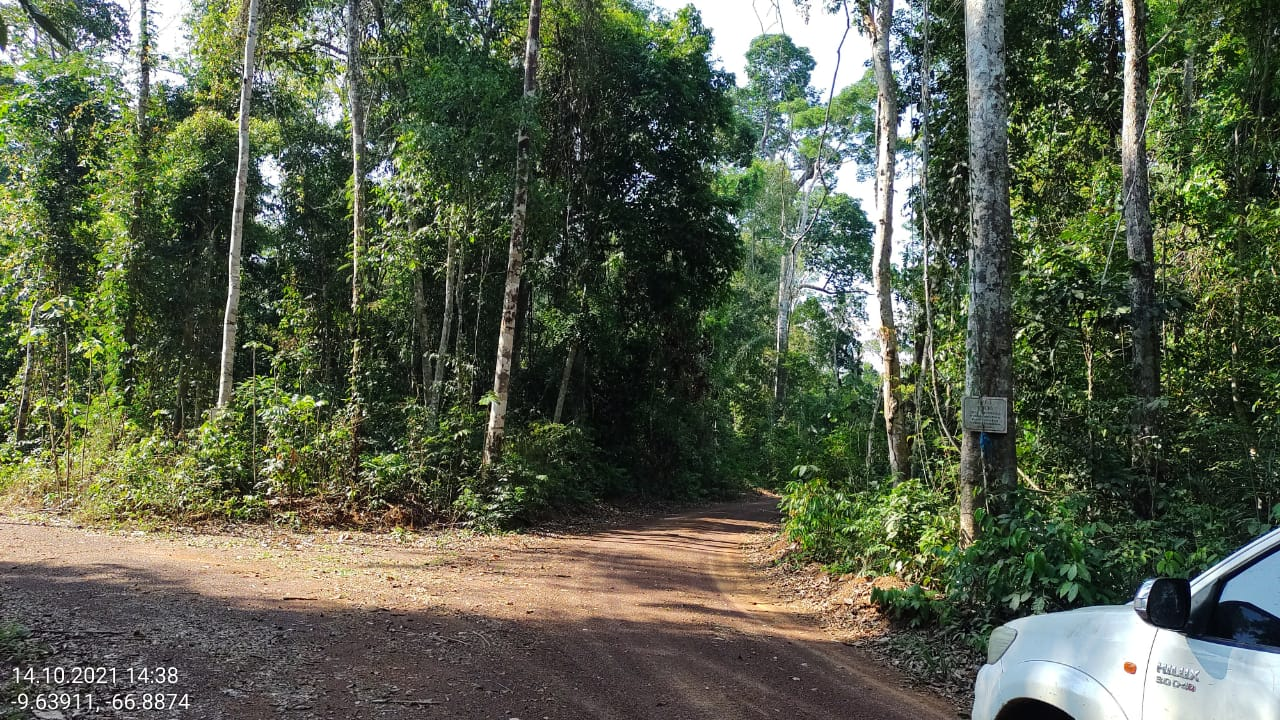
Project UNITOR Data:
Total Area: More than 120 thousand hectares
Project área: 99.035 Hectares
Emission Reduction Potential: 12.514.470 tCO2e until the Project's ending
Forest Protection: to prevent and avoid the deforestation of more than 24.769 Hectares
(Period: 30 anos)
Planned Complimentary Activities:
- fire brigade training;
- Training in sustainable livestock;
- Training in sustainable forest management;
- Lectures on Nutrition and Health for the community.